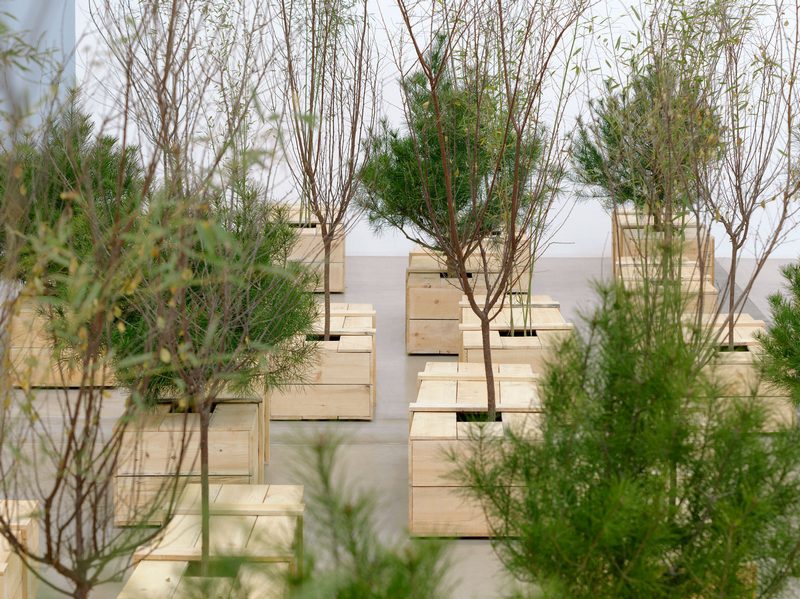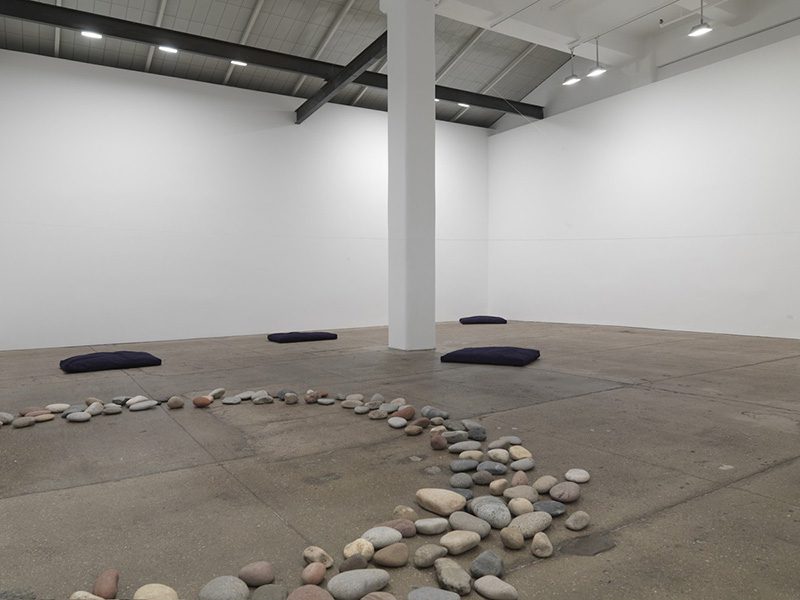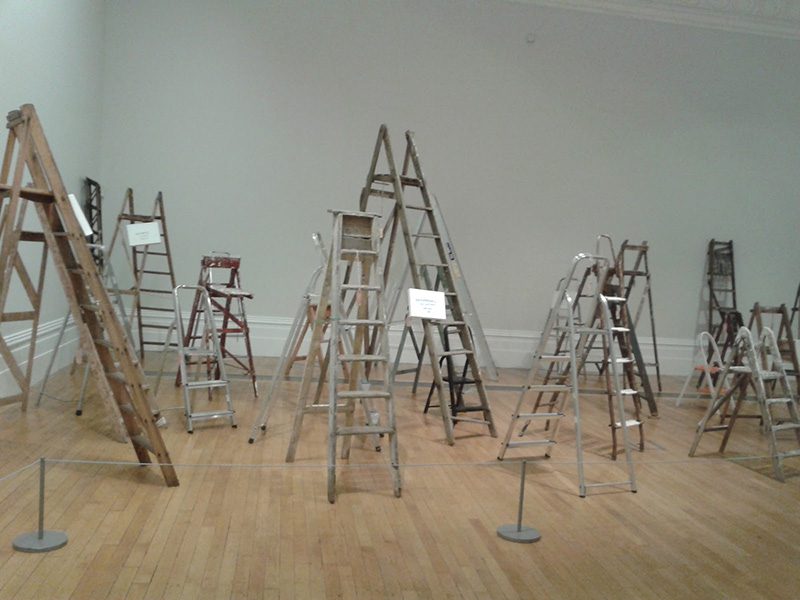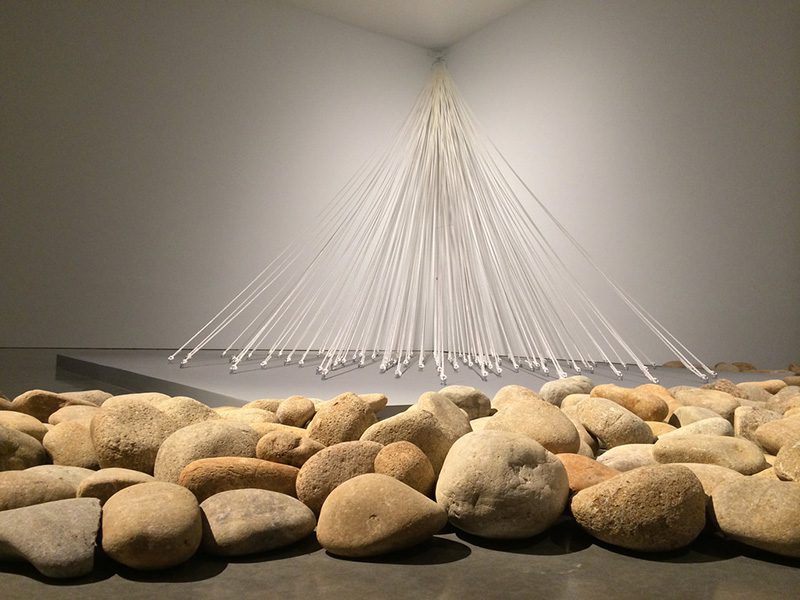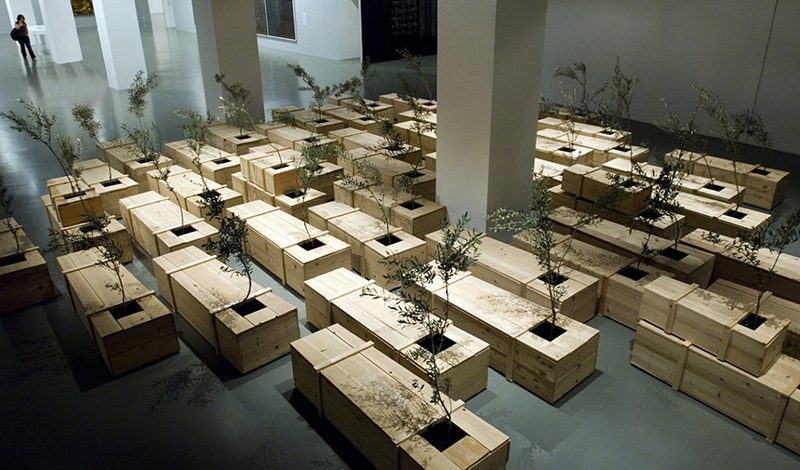TRACES: Yoko Ono
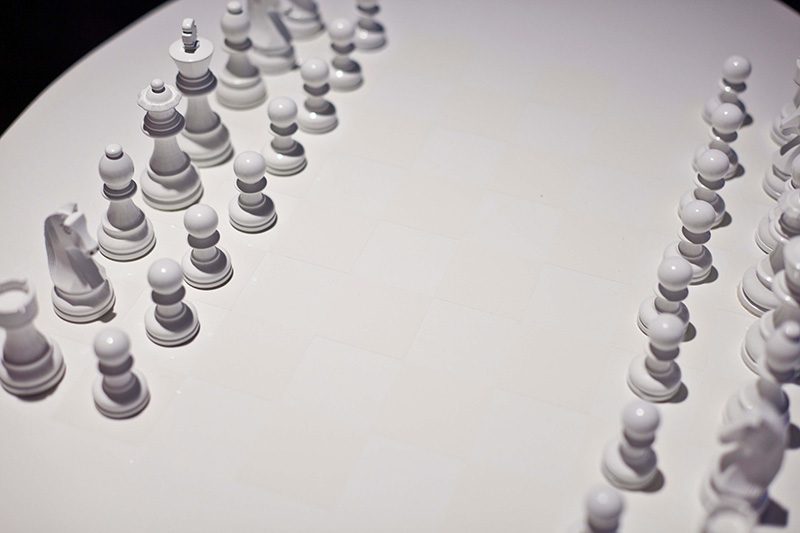 Today is the occasion to bear in mind Yoko Ono (18/2/1933- ), a major figure in the ‘60s art scene, whose work contributed to Conceptualism, Happenings, Fluxus Movement, and Video Art. She was also a musical pioneer, making recordings that forecast subsequent currents in punk, riot girl feminism, lo-fi, art rock, and noise pop. This column is a tribute to artists, living or dead, who have left their mark in Contemporary Art. Through documents or interviews, starting with: moments and memories, we reveal out from the past-unknown sides of big personalities, who left their indelible traces in time and history…
Today is the occasion to bear in mind Yoko Ono (18/2/1933- ), a major figure in the ‘60s art scene, whose work contributed to Conceptualism, Happenings, Fluxus Movement, and Video Art. She was also a musical pioneer, making recordings that forecast subsequent currents in punk, riot girl feminism, lo-fi, art rock, and noise pop. This column is a tribute to artists, living or dead, who have left their mark in Contemporary Art. Through documents or interviews, starting with: moments and memories, we reveal out from the past-unknown sides of big personalities, who left their indelible traces in time and history…
By Dimitris Lempesis
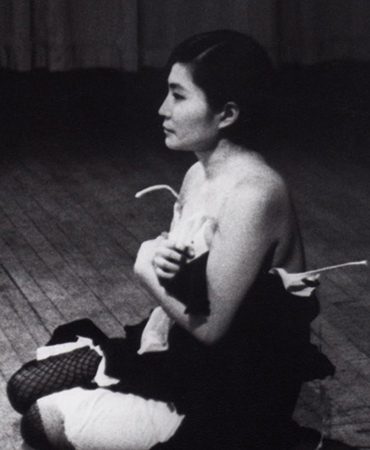 Yoko Ono was born in Tokyo, at the age of 18 Ono moved with her parents to Scarsdale, New York. She studied at Sarah Lawrence College, but left to elope with her first husband, Toshi Ichiyanagi. Settling in Manhattan’s Greenwich Village, Ono developed an interest in art and began writing poetry. Considered too radical by many, her work was not well received, but she gained recognition after working with American jazz musician/film producer Anthony Cox, who later became her second husband. Cox financed and helped coordinate her “Interactive Conceptual Events” in the early 1960s. Yoko Ono and the Minimalist composer La Monte Young began organizing a series of events there from December 1960 through June 1961, with people such as Marcel Duchamp attending. The “Chambers Street” series (taken their name from the street that Ono’s loft was), hosted some of Ono’s earliest conceptual artwork, including “Painting to Be Stepped On”, which was a scrap of canvas on the floor that became a completed artwork upon the accrual of footprints She showed this work and other instructional work again at Macunias’s AG Gallery in July 1961. Ono’s art often demanded the viewers’ participation and forced them to get involved. One of her most famous works was the “Cut piece” staged in 1964 at the Sogetsu Art Center in Tokyo, when members of the audience were invited to cut off pieces of her clothing until she was naked, an Abstract commentary on discarding materialism. “Cut piece” remains one of the most vexing works of Performance Art of the ‘60s. Another seminal piece of Conceptual Art is Ono’s small book titled “Grapefruit”. She first met John Lennon in 9/11/66 at her own art exhibition when he visited a preview of her exhibition at the Indica Gallery in London, and they became a couple in 1968. The couple collaborated on art, film and musical projects, and became famous for their series of “Conceptual events” to promote world peace, including the “Bed-in” held in an Amsterdam hotel room during their honeymoon in 1969 and in Montreal as a protest for the Vietnam war. They planned another “Bed-In” in the U.S.A. but were denied entry to the country. Since Lennon’s death, Ono has continued her career, recording albums, performing concert tours and composing off-Broadway musicals. “Wish Tree” is an ongoing art installation series, started 1981, in which a tree native to a site is planted under her direction. Viewers are usually invited to tie a written wish to the tree except during the winter months when a tree can be more vulnerable. She has exhibited her art Internationally, and had the first U.S.A. retrospective of her work at MOMA in 2015.
Yoko Ono was born in Tokyo, at the age of 18 Ono moved with her parents to Scarsdale, New York. She studied at Sarah Lawrence College, but left to elope with her first husband, Toshi Ichiyanagi. Settling in Manhattan’s Greenwich Village, Ono developed an interest in art and began writing poetry. Considered too radical by many, her work was not well received, but she gained recognition after working with American jazz musician/film producer Anthony Cox, who later became her second husband. Cox financed and helped coordinate her “Interactive Conceptual Events” in the early 1960s. Yoko Ono and the Minimalist composer La Monte Young began organizing a series of events there from December 1960 through June 1961, with people such as Marcel Duchamp attending. The “Chambers Street” series (taken their name from the street that Ono’s loft was), hosted some of Ono’s earliest conceptual artwork, including “Painting to Be Stepped On”, which was a scrap of canvas on the floor that became a completed artwork upon the accrual of footprints She showed this work and other instructional work again at Macunias’s AG Gallery in July 1961. Ono’s art often demanded the viewers’ participation and forced them to get involved. One of her most famous works was the “Cut piece” staged in 1964 at the Sogetsu Art Center in Tokyo, when members of the audience were invited to cut off pieces of her clothing until she was naked, an Abstract commentary on discarding materialism. “Cut piece” remains one of the most vexing works of Performance Art of the ‘60s. Another seminal piece of Conceptual Art is Ono’s small book titled “Grapefruit”. She first met John Lennon in 9/11/66 at her own art exhibition when he visited a preview of her exhibition at the Indica Gallery in London, and they became a couple in 1968. The couple collaborated on art, film and musical projects, and became famous for their series of “Conceptual events” to promote world peace, including the “Bed-in” held in an Amsterdam hotel room during their honeymoon in 1969 and in Montreal as a protest for the Vietnam war. They planned another “Bed-In” in the U.S.A. but were denied entry to the country. Since Lennon’s death, Ono has continued her career, recording albums, performing concert tours and composing off-Broadway musicals. “Wish Tree” is an ongoing art installation series, started 1981, in which a tree native to a site is planted under her direction. Viewers are usually invited to tie a written wish to the tree except during the winter months when a tree can be more vulnerable. She has exhibited her art Internationally, and had the first U.S.A. retrospective of her work at MOMA in 2015.

